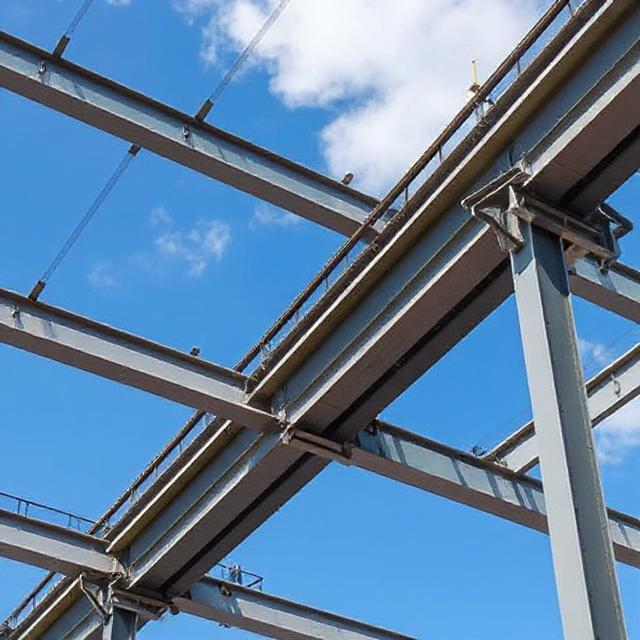Structural steel prices across India have remained stable to firm over the past two days, underpinned by robust demand from ongoing metro, smart‑city, rail, road, and highway infrastructure projects. According to market analysts, leading mills continue to operate at full capacity, with tight lead times reported for commonly used sections such as ISMBs, channels, RHS/SHS, and galvanised coils-reflecting the strength of engineering, procurement, and construction (EPC) activity in the public sector.
This resilience in steel prices follows a period of weakness earlier this year-Hot Rolled Coil (HRC) prices fell by over 13 per cent from May 2024 to January 2025. However, a recovery in domestic demand during the March quarter, combined with reduced Chinese steel exports and the easing of coal prices, has helped support margins and stabilise prices.
Moreover, policy support has played a critical role. In April, the government enacted the “Domestically Manufactured Iron and Steel Products Policy 2025,” requiring central agencies to prioritise locally produced steel. This, alongside ongoing discussions of safeguard duties on imports, is creating a more secure environment for domestic mills.
The current landscape indicates healthy, if not headline‑grabbing, construction momentum driven by large-scale public-sector infrastructure. Metro rail systems, smart‑city development schemes, highways, and bridges continue to exert consistent demand pressure. Mills are reportedly booking orders with extended delivery schedules, and lead times for galvanised coils and structural sections remain visibly tight-clear signs of active deployment in EPC projects.
While grassroots steel producers have faced price pressure from imports earlier this year, recent market stabilisation and government intervention suggest a turning tide in favor of domestic players. Continued infrastructure rollouts and favorable procurement policies should maintain price firmness, even amid global market headwinds. Nevertheless, the looming threat of fresh import surcharges and raw-material volatility warrants close monitoring.





